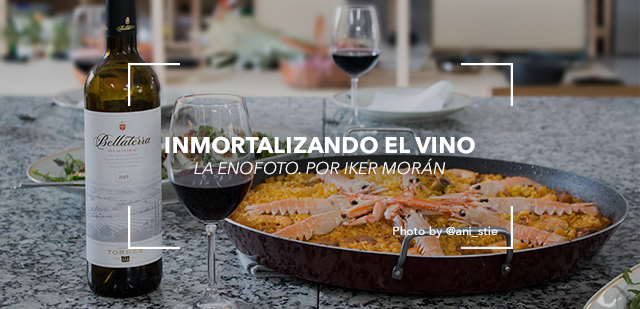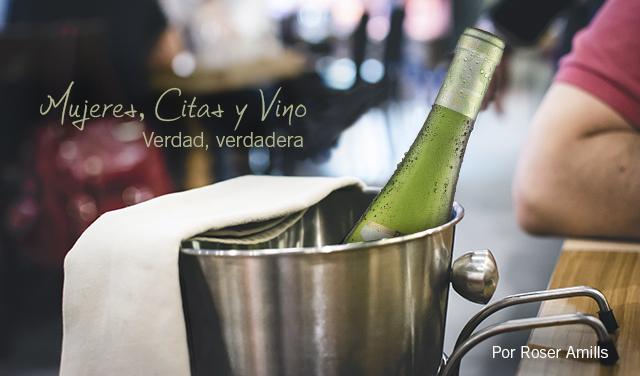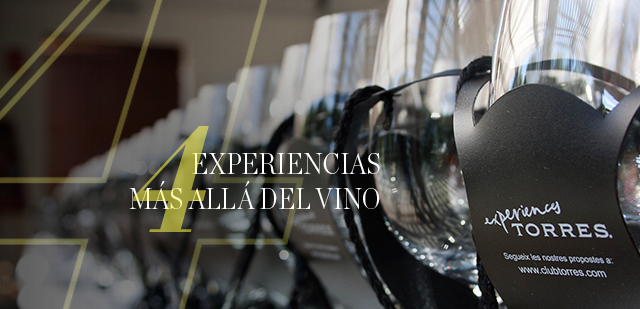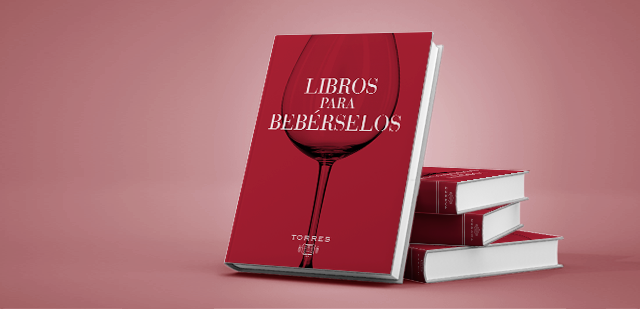Immortalizing Wine: An Enological Photo Shoot

For some it is an irritating habit. For others an integral part of the gastronomic experience. What is undeniable is that photographing what we eat and drink and sharing it with the world has become commonplace—and an ongoing topic of debate, of course.
By this point dozens of articles and reports have been written on the subject. From the so-called Instagram diet which insists that seeing what we eat is a good way of calming our appetite and losing weight to those who claim the exact opposite: nothing makes us want to devour the whole menu like browsing this social network.
Keeping our phones on the table during a meal? Yes or no? Another ongoing debate that has driven certain chefs to try and ban photographs at their restaurants (unsuccessfully, of course). Other restaurants have gone so far as to design special tableware to make it easier for Instagram addicts to go about their business. The headline is what matters.
Clashing points of view aside, one thing is clear: if we're going to photograph our food, let's do it well. This gets a little tricky when it comes to wine. As all amateur and professional photographers know, the beverage isn't particularly photogenic.
Photographing wine isn't easy
In the studio, with proper tools and lighting, you can get spectacular results. But what if you're having dinner at home or at a restaurant? Visiting a winery? Or you suddenly decide to open a special bottle and want to tell the world about it?
[[{"fid":"8443","view_mode":"default","fields":{"format":"default","field_file_image_alt_text[und][0][value]":false,"field_file_image_title_text[und][0][value]":false},"type":"media","link_text":null,"attributes":{"height":603,"width":599,"class":"media-element file-default"}}]]
Reflections in the bottle, the color of the wine, the low light in the restaurant or winery, the static quality of the image, a glass that reveals its imperfections only after we've snapped the picture... The list of common pitfalls is long and familiar.
One option, of course, is to simply photograph the label like you're conducting an investigation and settling for that as a souvenir. But if you're seeking something more attractive—as is usually the case or should be—here are some tricks and recommendations that might prove helpful:
Light and backlight
Photography is light. This might sound obvious, but it's always good to remember that the presence or absence of light not only influences the quality of the photo, but also the tone, style, even the idea conveyed by the image.
Lots of light is ideal. Too much is better than too little, because you can always take it down later. Good quality light, of course. Artificial light is often the photographer's nemesis, especially when you're working with a mobile phone and don't have the tools to adjust the picture.
[[{"fid":"8449","view_mode":"default","fields":{"format":"default","field_file_image_alt_text[und][0][value]":false,"field_file_image_title_text[und][0][value]":false},"type":"media","link_text":null,"attributes":{"height":599,"width":600,"class":"media-element file-default"}}]]
This is why it's always best to find some daylight. In other words: that table next to the restaurant's window is worth fighting for if you're planning to photograph your food and wine.
Angled, soft or indirect light—transparent curtains are very useful in diffusing strong light—and you're good to go. This already solves half of our problems.
Backlight also works nicely for wines. This means letting the light shine through from behind to illuminate the interior of the bottle or glass, which really brings the wine to life and brightens its color. If we can't work with daylight, look for an artificial light source or ask someone to illuminate your subject with their phone.
Keep in mind that mixing light sources (artificial and natural) is usually a big headache, because it produces strange colors that are difficult to fix. This is especially true if we want our photo to reflect the wine's real color. But let me tell you a secret now that no enologist is listening: better pretty than faithful to the real thing!
Restaurant, vineyard or winery
Backlit photos also avoid another common problem: reflections in the bottle. If you can't avoid the reflections, try changing your position by moving the camera higher or lower. If none of that works, a high-angle shot from above is a good solution. A full glass on a table is always a winning composition.
[[{"fid":"8444","view_mode":"default","fields":{"format":"default","field_file_image_alt_text[und][0][value]":false,"field_file_image_title_text[und][0][value]":false},"type":"media","link_text":null,"attributes":{"height":407,"width":620,"class":"media-element file-default"}}]]
After all, composition is as important as lighting. If we're in the vineyard, this task gets much easier. A bottle amid vineyards, a detail shot of grapes, a glass next to trellised vines... The same is true for winery interiors where we can play with the low light to convey atmosphere. Here a slightly darker, warmly lit photo is almost better than one taken in bright light.
By the way, we haven't mentioned this yet—don't use your phone's flash function! The results are rarely impressive, and the images tend to be cold and artificial.
Composition means arranging the objects in your frame. It is important to not only keep the foreground (the bottle, for example) in mind, but the background as well. Pay attention to every detail before taking the picture. Just to be safe, check the shot carefully on your screen and do another take before it's too late and the wine has been drunk.
The human touch
Are pictures of bottles and glasses boring? Truth be told, yes, they can be. The solution is to introduce other elements to the scene along with the wine, but without stealing its spotlight. Nothing beats a human touch.
[[{"fid":"8447","view_mode":"default","fields":{"format":"default","field_file_image_alt_text[und][0][value]":false,"field_file_image_title_text[und][0][value]":false},"type":"media","link_text":null,"attributes":{"height":436,"width":620,"class":"media-element file-default"}}]]
A person opening the bottle, serving the wine, drinking, holding the glass... Suddenly our dull still-life has become a dynamic scene that inspires us to open a bottle and enjoy a glass.
A detail shot of the cork is another idea for a different kind of wine photo. Or the reflection of the glass on the table. Or a toast featuring several glasses and shot from above (by the way, short videos also work nicely). Or the empty glass. Going the unconventional route is always an effective technique.
Photo retouching apps
Regardless of our phone's quality, it is a good idea to make some adjustments to your photos before posting them. There is no need to spend more time retouching your photos than actually taking them—just four simple tricks will make your pictures pop.
Although you can find very complete and free apps (Snapseed), most of the time you don't even have to leave Instagram. Pick a filter you like that isn't too aggressive in terms of color, increase the contrast and saturation a bit, add a subtle vignette and that's it. One minute is all it takes to kick your photo up a notch.
The best trick and advice of all, however, is to look at a lot of photos. Nothing beats seeing what others do to learn from the good and avoid the bad. And if we enjoy a glass of wine as we explore and learn, even better!



